how to create lasting behavior change & actually reach your health goals
diving into the science of behavior change just in time for the New Year ✨
Ahh, we’ve arrived here yet again. The time of year where we romanticize the slow and steady creep of the days leading up to January 1st — our social media feeds are flooded with content about becoming a better you in 2025, all the strategies you should be implementing to accomplish X goal… we experience this build of adrenaline and motivation as we anticipate embarking on our yearly fresh start.
I have a love/hate relationship with New Year’s goals. While I too love the energy of everyone’s hungry attitudes anticipating a fresh year, let’s face it, it dwindles after we hit the the last week of January and no one is talking about it anymore. Without a doubt, it’s contagious when others are in pursuit of their goals alongside you. In another light, I feel there’s a lot of weight put into the start of the year, like magically once Jan 1 hits, we’ll know just the way to overcome the barriers we ran into the year before.
So, today’s newsletter is all about tangible + practical ways to stimulate and maintain positive behavior change. The hard truth about creating a new behavior that sticks is this: it’s not easy but it is simple.
In a sense, we all know to a degree what we should do to get us to the place we want to be. But as humans do, we seek out the path of least resistance. This is actually part of our biological makeup, by the way — to do the least in order to survive.
Let’s use an ancestral example as I love to do. Our hunter-gatherer ancestors weren’t exercising for the sake of maintaining health or a physique on a daily basis — because they were really playing the survival game. It was actually pivotal to conserve energy when food was scarce, or be ready at any moment to trek miles and miles to go hunt or forage it. At the same time, it was also necessary to be capable of exerting peak physical performance at any moment, for our safety and survival. As you can see, we weren’t voluntarily trying to get fit or lose fat, because it was engrained in our biology.
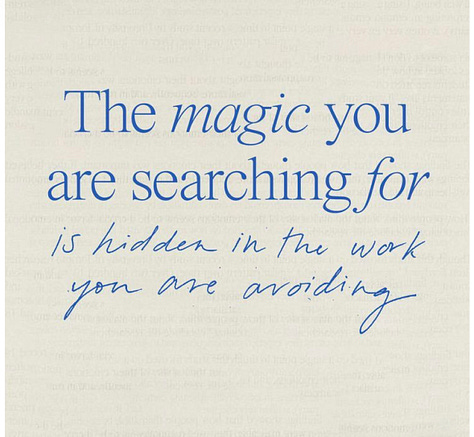
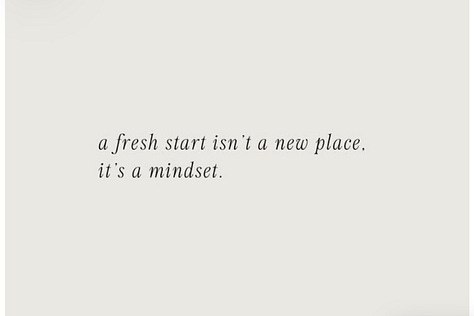
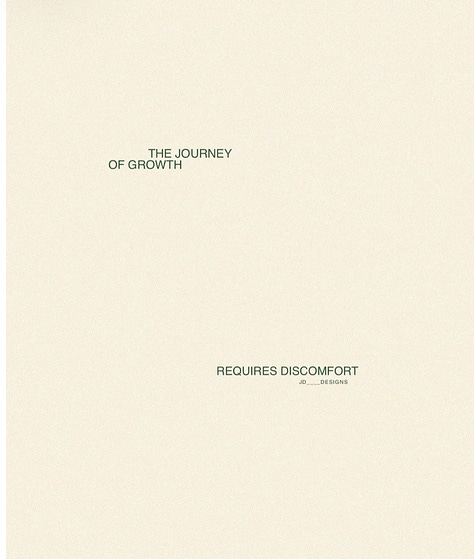
crucial mindset audit
The thoughts we have about ourselves create our reality. So as cliché as it sounds, it’s pivotal to start here.
The more we label ourselves in a certain way, the more we genuinely buy into it, and these beliefs eventually turn into our identity.
If you are constantly telling yourself, “I can never focus long enough to meditate” or “I hate exercising, I’m not good at it”, those things are always going to be true to you.
In any moment, we can decide to change the narrative and start thinking thoughts that align with the type of person we want to become.
Believing it will come with the constant repetition of the thought. Simply practice telling yourself what you want to become true about yourself, this will take practice and a conscious effort.
So, start by writing down 3 things or habits you believe about yourself that you wish to change, and then reframe them on paper and couple it with a small action item.
Example:
“I can never focus long enough to meditate” ➡️ “I am capable of finding presence in my day even for 3 minutes”
“I hate exercising, I’m not good at it”➡️ “I find walking easy, I will find one day a week to schedule one in”
As you see, a broad statement/ belief reframed into a positive affirmation that is attached to a very specific, yet reasonable goal.
Many times we fail at goal setting because (1) the goal is too loosely identified or (2) focused solely on outcomes
Why is this helpful?? This exercises our self-efficacy muscle. We all want to develop the self-confidence to follow through on the promises we make to ourselves, and do the things necessary to carry that promise out. If we begin with our thoughts, we’ve begun to conquer half the battle.
truly, determine your why
Again, this sounds cliché, but stay with me!
Think about it, you could probably tell me some of behaviors and habits you wish to change or develop in less than 10 seconds. Have you ever wondered why those thoughts come to the surface so naturally and so fast?
We all have stories we tell ourselves that attach to a deeper meaning. This could be because of the environment we grew up in, comparing ourselves to others, what our parents believed, etc.
Investigate these stories, why are they so prevalent in your mind? Have you ever taken the time to figure out why the change you crave is important and so top of mind?
Here are some questions that will get you on your way to finding your why:
What beliefs do you truly want to ascribe to, apart from other people's expectations?
How would your life change for the better if you were to free yourself from past stories and rewrite and reclaim your future?
What are your stories, and what effects do they have?
Where did you learn them?
What makes them feel true?
What life do you want to be living?
How would this life feel?
Before changing the script in our brains, we must acknowledge and assess why we hold onto the narratives in the first place.
So, get to know yourself a bit deeper in this realm. After all, wherever we give our attention to grows. Giving yourself this time is already proving to your brain that change is important to you.
start crafting your goal with a feeling/behavior in mind vs specific outcomes
Instead of defining your goal as “loose weight” or “get toned”, find out the motivation behind it. Is it to move better through life? Feel stronger? Have more confidence? Increase your energy? Be able to always pick up your grandkids as you age?
Once you narrow down your focus and develop a mini why behind that specific goal, it becomes a lot easier to zero in on a specific action plan, rather than the overarching, larger goal at hand.
experiments > > >
News flash: the way you may envision getting to your goal won’t always be the most effective strategy or method for you! So many people give up on their goals simply because the first time they tried, it didn’t work.
This is where trial and error cannot deter your motivation. We have to be able to pivot!
Which is why I love framing change as “experiments”. It almost tricks our minds to be okay with the setbacks, because it was only an experiment!
Let me give you an example — say you want to start going on daily walks. You say that this week you’ll experiment going on walks in the morning before work.
The first day of this new walking experiment, you end up snoozing your alarm for 10 more minutes of sleep. After you finally get up, you find yourself scrambling to get out the door thinking about how you still have to prep your lunch, figure out what to wear, and make your morning coffee. The overwhelm starts to make you feel defeated, and you start telling yourself that you’re a failure because you couldn’t even achieve the first day.
You could either:
(1) stop trying for a daily walk all together
(2) pivot and attempt a new strategy to reach your desired outcome
Sometimes experiments need different inputs to be deemed successful.
The next day, you come in with a different plan. After your revelation that you really value your morning sleep and time to prep for you work day, you switch gears and plan on an evening walk. You find that after work, your mind craves time to disassociate anyway, and movement after hours at your desk seems appealing to you. Low and behold, the evening walk was just more suitable to your needs, and you have more confidence in being able to achieve your walk this way consistently.
Since you detached from thinking the walk had to happen in the morning, and you put in some more effort to learn about your preferences, you found that the slight change up of inputs was the key.
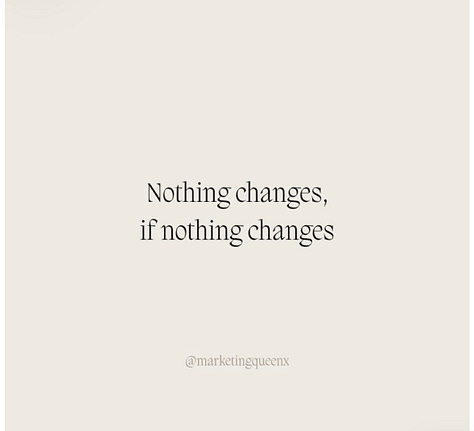

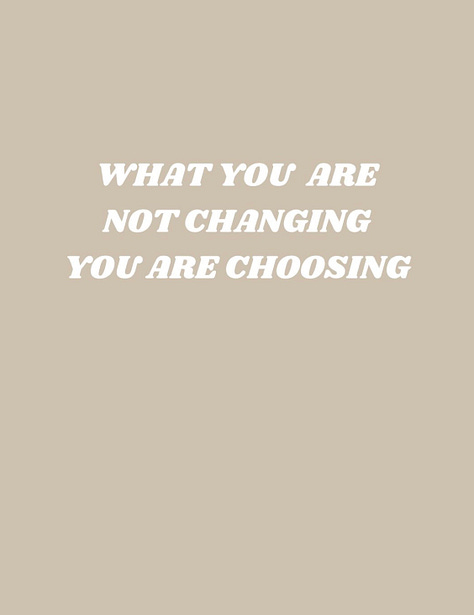
I hope these little tips inspired you and left you with some tangible, useful action steps that support you in your goals.
The hardest part of behavior change truly is the how. If you’re seeking extra support in developing lasting behavior change with your health, book a discovery call with me and we can start the journey of tackling what uniquely works for you.
In health,
Hanna


